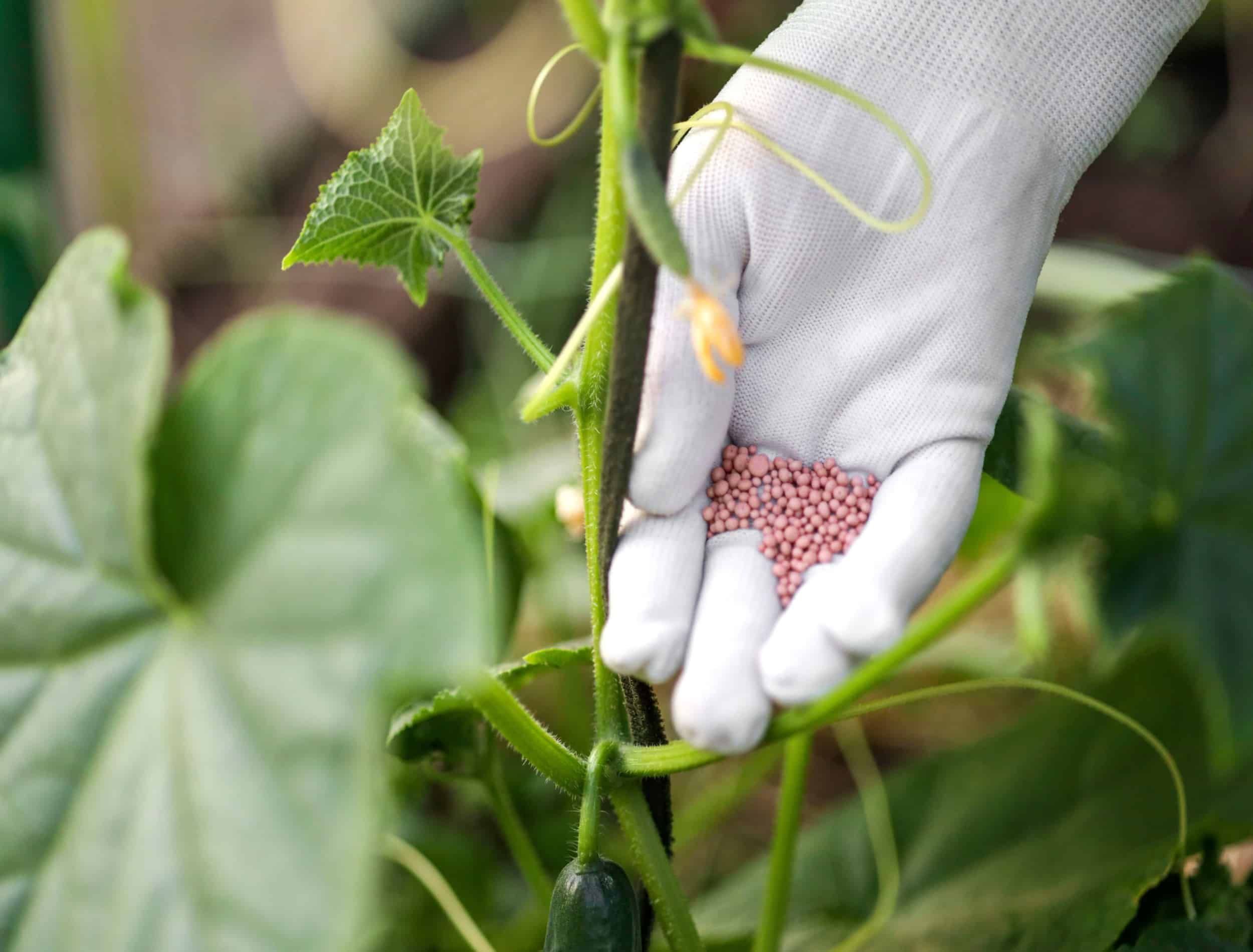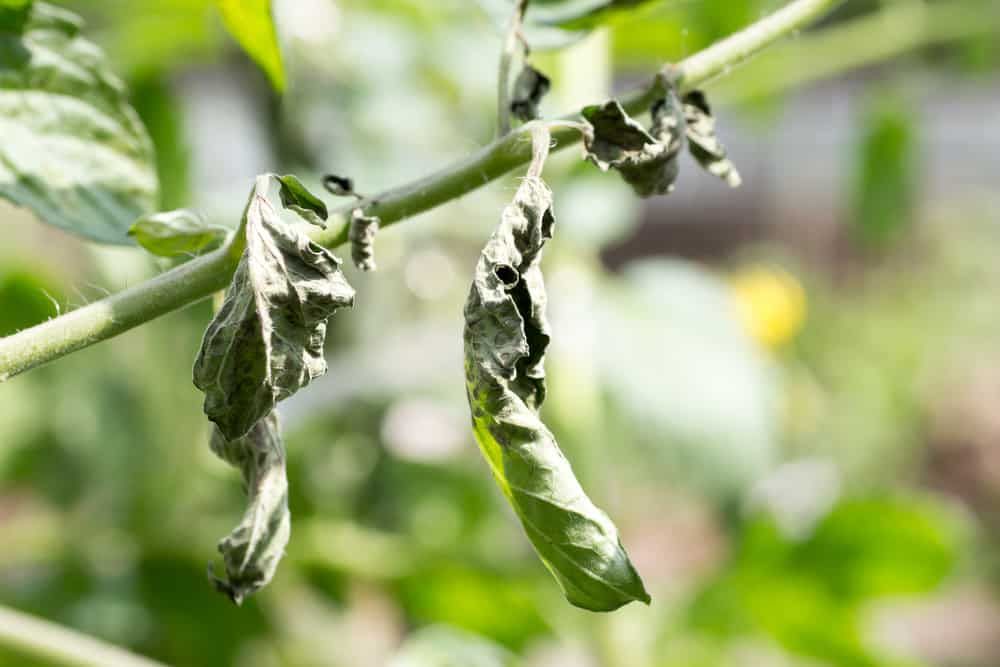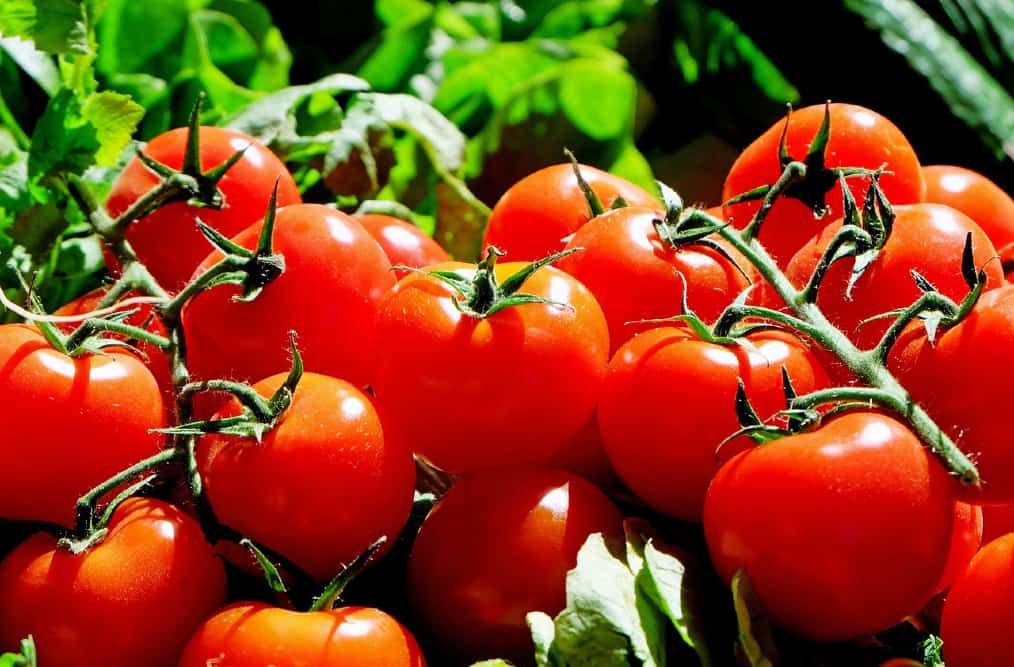It's hot out there!
Plants need nutrients to grow strong and healthy, but fertilizing in this heat can actually do more harm than good. Fertilizers contain nitrogen, which can stress out your already thirsty plants and damage their roots.
So, when is it too hot to fertilize your plants? The answer may surprise you. Here is a handy guide to help you make the best decision for your plants.
Do Not Fertilize During Hot Summer Months
Image credits: egiss via Canva
Fertilizers are a great way to increase the growth of plants and trees, but when applied during hot weather they can cause stress. There is no need for that! Save your plant from dehydration by stopping fertilizer application before it gets too warm out - especially if you're using an excessive amount or high-nitrogen formula.
When plants are stressed from lack of water, they will naturally start to shut down some of their growth processes in order to conserve energy. This includes the process of taking up nutrients from the soil. So, even if you do apply fertilizer, your plant may not be able to use it effectively.
In fact, applying fertilizer to drought-stressed plants can actually do more harm than good. The extra nutrients can overload the plant, leading to leaf burn or other damage.
So, what should you do if your plants start to look like they need a little extra boost? Try these tips instead:
- Water less regularly and deeply. This will help keep your plants hydrated and healthy during the hotter months.
- Provide shade. This will aid in cooling your plants and protecting them from the harsh sun.
- Mulch around your plants. This will help retain moisture and keep the roots cooler.
- Once the plant has recovered, you can then start to fertilize it again. However, be sure to use a light hand – too much fertilizer can harm them.
Signs Of Heat Stress On Your Plants
Image credits: Miyuki Satake via Shutterstock
When the temperatures outside begin to soar, it's important to be aware of the signs of heat stress in your plants. By knowing what to look for, you can take steps to ensure your plants stay healthy and happy during the hot summer months.
One of the first signs of heat stress is wilting. When a plant is wilting, its leaves will droop. This is caused by the plant losing too much water through its leaves. If a plant is wilting, give it a good drink of water and make sure it has plenty of ventilation. It should regain its vigor when the temperature drops.
Another sign of heat stress is leaf scorching. This happens when the leaves of a plant are exposed to too much direct sunlight. The leaves will turn brown or black and may curl up at the edges. If you see leaf scorching, try to provide some shade for your plant.
Leaf rolling is another sign that your plants are experiencing heat stress. When the temperature gets too hot, the leaves of your plant will start to roll up and curl inwards. This is a defense mechanism to prevent water loss.
Finally, if you notice that the edges of your plant’s leaves are starting to turn brown and dry out, it's likely a sign of heat stress. Dry leaf edges happen when the outer portion of the leaf dries up.
If a plant is experiencing heat stress, it will likely stop growing. Heat stress can be damaging to a plant, so if you see any of these signs, take steps to protect your plant from the heat.
When To Fertilize Your Plants
Trees and Shrubs
Image credits: olaser via Canva
If you're like most gardeners, you're probably wondering when the best time to fertilize your trees and shrubs is.
The answer is late April or early May. This is when the soil is warm enough for the roots to start actively growing, but before any new growth emerges. Fertilizing at this time will give your plants a boost of nutrients that they need to grow strong and healthy for the rest of the season.
Apply the fertilizer evenly around the base of the plant, taking care not to get any on the leaves or branches. If you do get some on the foliage, simply wash it off with water.
Water the plants well after applying the fertilizer to help it soak into the soil. And that's all there is to it! A little bit of effort now will pay off in healthy, beautiful trees and shrubs come summertime.
Flowers and Vegetables
Image credits: Couleur via Pixabay
The best time to fertilize your flowering plants is in the spring, before any new growth, and a week before your late frost. This gives the plants a chance to store food and energy for the upcoming growing season. Fertilizing in the spring also helps prevent problems such as nutrient deficiencies.
The best time to fertilize your vegetables is also in the spring. This will give them a boost of nutrients that they need to grow strong and healthy. You can either use commercial fertilizer or make your own to fertilize your plants. If you choose to use a commercial fertilizer, be sure to follow the directions on the package carefully.
In Summary
Are you feeling hot, hot, hot? Before you head out to your garden and fertilize your plants, make sure to check this handy guide! You don’t want to damage your plants with an overabundance of nitrogen or risk further heat stress! If you have any tips or tricks for keeping your plants healthy and strong, let us know in the comments below. Thanks for reading!





